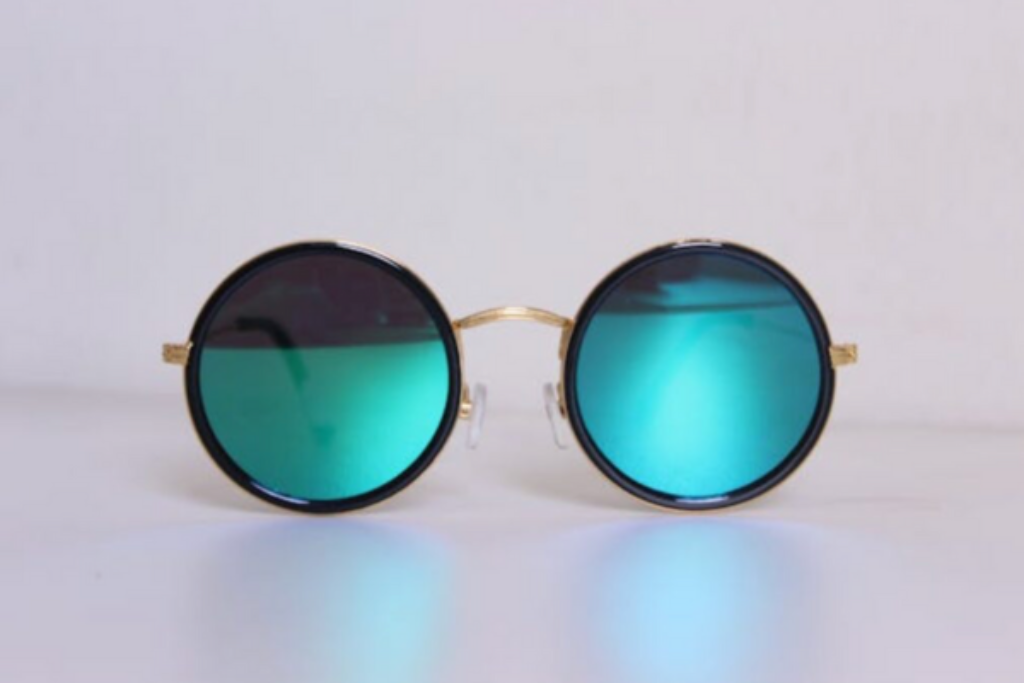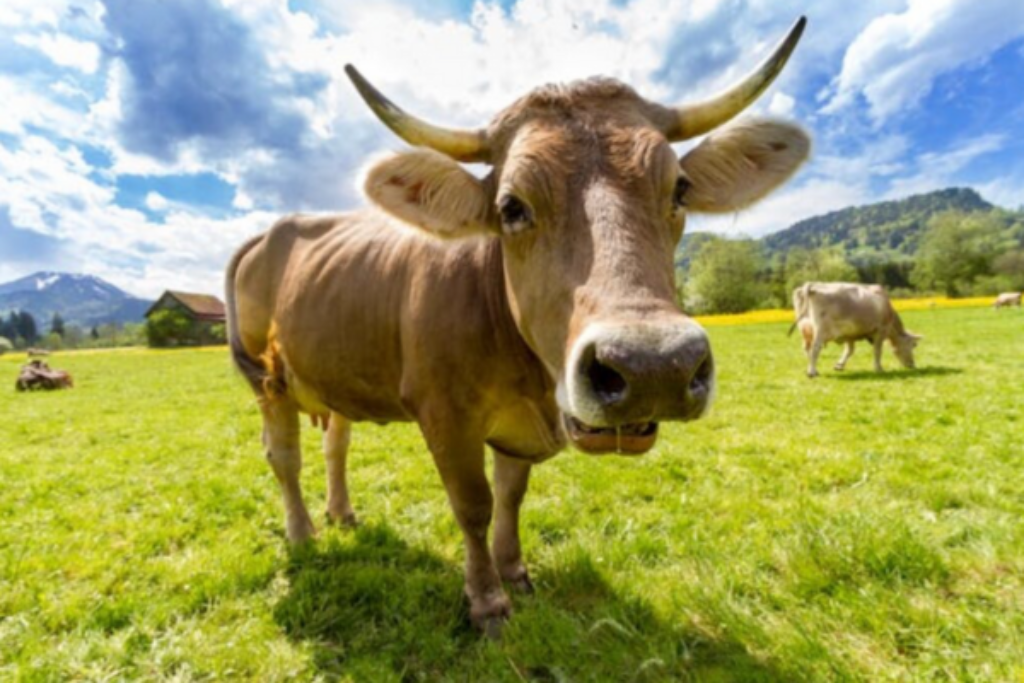In the ever-evolving world of fashion, a new trend is making waves, promising not only style but also kindness and sustainability. Welcome to the realm of vegan fashion. It reshapes many people’s closets as well as our planet. But what exactly is vegan fashion?
Vegan fashion is all about clothing and accessories free from animal-derived materials. This means saying goodbye to leather, wool, silk, and fur, and embracing alternatives that spare animals and often have a lesser environmental impact.

Vegan fashion is not just about what we wear. It is a statement of our values. By choosing fashion that is free from animal products, we are taking a stand for animal welfare and environmental sustainability. Do you Imagine the difference we can make for countless animals and our planet by selecting materials that do not rely on animal agriculture, which is a major source of greenhouse gases and environmental degradation?
Is vegan fashion really better for our planet?
The short answer is yes. When we look at the carbon footprint of plant-based alternatives compared to traditional animal-derived materials, the benefits are clear. The global market for vegan women’s fashion is booming. This shift is not just about reducing harm to animals but also about addressing the environmental crises we face.
Environmental impact of animal-based products
Producing animal-based materials like leather, wool, silk, and fur is often resource-intensive, requiring significant amounts of water, food, land, and energy. For instance, cattle farming for leather production contributes to deforestation, water pollution, and greenhouse gas emissions.
Besides, the treatment and dyeing of animal skins to produce leather involve toxic chemicals that can harm ecosystems and human health.

Benefits of vegan fashion
Vegan fashion eliminates the need for animal farming for materials, directly reducing the environmental footprint associated with these activities.
Many plant-based materials require less water, land, and energy to produce than their animal-based counterparts. For example, materials like organic cotton, linen (made from flax), and hemp are less resource-intensive when grown sustainably.
Choosing vegan is a style statement that cares
Thanks to advancements in technology, vegan fabrics are now as stylish and high-quality as their animal-derived counterparts. Whether you opt for synthetic alternatives or prefer natural, plant-based materials like organic cotton or bamboo, you are making a choice that reflects both your style and your values. However, it is important to be mindful of the environmental impact of synthetic fabrics and lean towards more sustainable options whenever possible.
In fact, vegan fashion is not only an ethnical statement, but also a style. Many brands have invested and invented innovative and sustainable materials like Piñatex (made from pineapple leaves), mushroom leather, and recycled synthetic materials, which have the potential to be more environmentally friendly.
The rise of vegan leather as a game-changer in fashion
Vegan leather is transforming the industry, offering a compassionate and eco-friendly alternative to traditional leather. With options ranging from recycled plastics to innovative plant-based materials like apple peel, pineapple, and even mushroom leather, there is never been a better time to embrace this trend. Luxury brands are leading the way, incorporating vegan leather into their collections and proving that style does not have to come at the cost of cruelty or environmental harm.
Vegan leather is the materials which have the look and feel of “leather” without the use of animal skin. This trend has been all the rage for a recent decade while the consciousness of animal protection and the awareness of environmental sustainability are raising. That is why most of the fashion brands across clothing, accessories, shoe and even furniture start to re-market the “faux leather” as the concept of vegan leather.
Common vegan leathers are two-fold – plastic recycled and plant-based. They are typically made from artificial or plant-based materials rather than animal skins. For the artificial materials used for leather, polyurethane, PU, and polyvinyl chloride, PVC, are commonly used synthetic polymers. Alternatively, the common plant-based materials of the vegan leather include apple peel, bamboo, pineapple, grape, kelp, cork and so on. Some of these materials whatever artificial or plant-based can help give the appearance of real leather thanks to the innovative technology.
Is vegan leather good enough?
Vegan leather is more cost effective than the real leather if we simply compare the monetary cost of leather material production and the opportunity cost of environmental sustainability. Maybe someone express that real leather is much more durable than vegan leather. However, vegan leather is indeed less expensive than real leather from the production cost of view.
Why plant-based leather is highly recommended? One of the popular considerations is environmental impact. The traditionally PU-based or PVC-based leathers are potentially more destructive than that of real leather items that are relatively more natural to the earth. Hence, from this point of view, plant-based leather has the advantage of both. It is not only from plants without the sacrifice of any animal life that is priceless but also natural to the earth as well. Although there is a number of studies indicating that making vegan leather has a lesser environmental impact than producing real leather in overall, the leathers created from plastics take years to biodegrade. Moreover, the production of PVC results in more toxic dioxin. On the other hand, plant-based leather is more closer to the natural world. Thanks to the technology, some plant-based leathers can be biodegradable just for around 250 days.
Traditionally, real leathers become popular because synthetic leathers wear out quickly. Skipping some luxurious brands, the buying cost of vegan leather item is generally lower than that of real leather item. If you pursue the high end offering from luxurious vegan brand, it means that you are buying more than the material itself, like creativity, design and even brand value. Then it should not be compared apple to apple. Anyway, what product you like is up to your decision. Your purchase is a vote of what we should go for in the future.
Vegan leather – a star material in fashion
The fashion world is buzzing about mushroom leather, a sustainable, biodegradable material that’s as stylish as it is kind. Leading luxury brands are showcasing mushroom leather products, signalling a major shift towards more ethical and environmentally friendly fashion. Since Stella McCartney defeat it first-ever mushroom leather bag since some years, many luxury brands like Hermès, Gucci, Bally, Stella McCartney and Lululemon have also designed and launched mushroom leather products, like shoes, bag, wallet and more accessories. The byword of mushroom leather is Mylo™ Unleather. Another exemplar is Sylvania which is developed by MycoWorks, a biotechnological company that produces materials from mycelium. It is made up of natural materials. Hence it is incredibly eco and entirely biodegradable. It looks like exactly traditional leather. It breathes and feels like leather. It is an animal-friendly leather alternative. It can help save the planet and reduce the sacrifice of animal lives. Moreover, it has been the breakthrough in the fashion industry. Hermès designed and launched a novel vegan leather alternative, that has set a milestone of vegan handbag in the luxury fashion. The material is named as Sylvania which Hermès developed in partnership with California-based start-up, MycoWorks.
Gucci has also spending certain resources on the development of sustainable vegan unleather. The vegan material invested by Gucci factory is called Demetra. It is developed majorly from plant-based raw materials, such as viscose and wood pulp from sustainably managed forests. Gucci has been trying out its vegan leather product on Gucci’s iconic sneakers; the Rhyton, Basket, and New Ace. Bally has joined the plant-based party. They are also designing some accessory products which are made up of Mylo™ unleather.
Hence, it is believed that mushroom leather is the future of fashion, isn’t it? Some leading fashion brands have launched some mycelium-based Mylo™ products as their seasonal hero products. They have been creating a wave of vegan fashion indeed.
Apart from mushroom leather, there are a number of vegan leathers like bamboo leather, appleskin leather and pineapple leather.
In conclusion, vegan fashion is more than just a trend. It is a movement towards a more compassionate, sustainable world. By choosing vegan, we are not only protecting animals but also making a positive impact on our planet. It’s time to embrace the beauty of vegan fashion and make a statement that reflects our values and our hope for a kinder, more sustainable future.
-
Product on sale
 Matt & Nat |HARV AirPods Pro case – APPLESKIN™Original price was: £95.00.£57.00Current price is: £57.00.
Matt & Nat |HARV AirPods Pro case – APPLESKIN™Original price was: £95.00.£57.00Current price is: £57.00.







